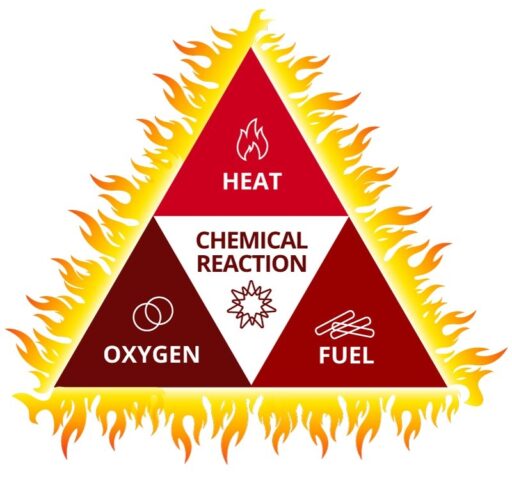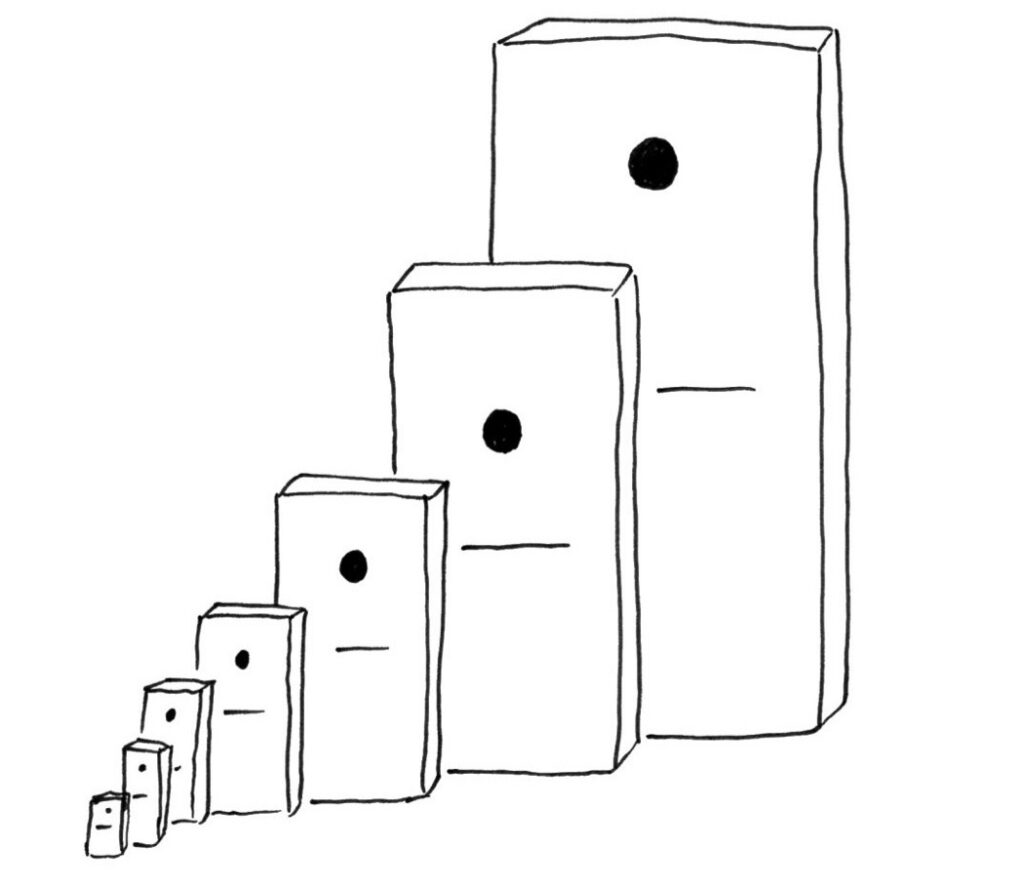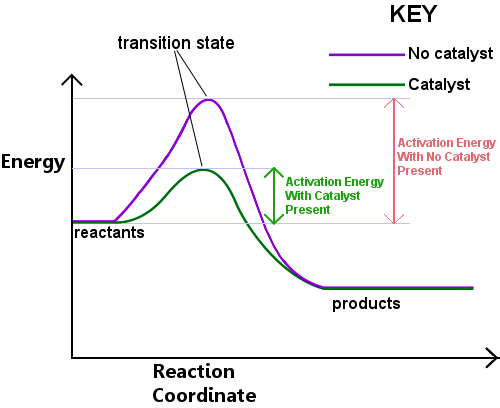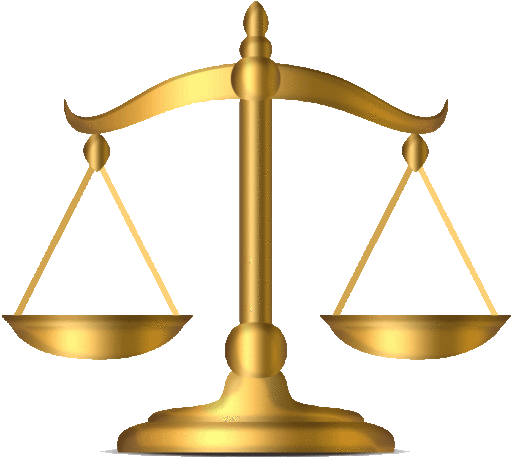Create a Catalyst for Change
 Change is difficult.
Change is difficult.
That's why you need Catalyst - so that the change process becomes easier to start.
Discover how you can spark a reaction to ignite your personal transformation.
Feeling stuck in Equilibrium?
Equilibrium means that there is a balance of forces that maintains its structure through a zero net effect - there is no advancement or retrace. The forward action rate is nullified by the backward action. Likewise in our life, we might feel we are doing so much on so many fronts, but without any change to the status quo.
It's true that disruption of the equilibrium is difficult. Sometimes we will doubt ourselves. We will think that the change is too hard. Likewise, we might think we do not have the energy that is required to get there. This can lead to unclarity and rigidness, which stops change dead in its tracks.
To eliminate this static energy in our lives we need to eliminate the old mindset. In other words, we need to add a Catalyst to the change process. This can decrease the amount of activation energy that is required to start with change. By starting small and gaining momentum, it becomes easy to improve over time.
Gain Activation Energy
In chemical terms, a catalyst is used to decrease the amount of activation energy that is required for the transition between two states.
Essentially, the catalyst provides a more 'efficient' route to change due to the lower energy input. In other words, if we feel stuck, finding a catalyst is the most efficient route to start changing.

The Mind is also a Catalyst
Creating a catalyst for change is an incredibly valuable skill to master in life. It allows you to create momentum and movement where others feel stuck and see no way to change.
Finding this catalyst requires a critical look at your current set of behaviour, beliefs and assumptions that are holding you in the same place.
Put differently, creating a catalyst requires critical evaluation and consideration of the daily behaviours shaping your life. It is about finding the path of least resistance, or the smallest change with the biggest effect. Both types of change strive to optimize your level of energy in relation to the barrier of change.
It all starts with the mindset and a plan. The attitude and the execution. Focus on creating momentum and incremental progress by simplifying the change process.
Simplify the change process
There are three steps to simplify change.
1. Expand your awareness to learn how to grow.
2. Identify and improve areas of your life that lead to smarter choices.
3. When you make smarter choices, you will get better results.
Step 1. Awareness of the gap
As a first step, critically look at the misalignment between your goals and your behaviour. Crossing this gap is essentially what needs to be done.
- What do you want to change? (the current vs the desired situation)
- Why do you want to change? (what are your motivational drivers - your reason for wanting to change)
The key activity to kick-start the change process is writing it all down. This is actually crucial. Words trickle down into your life towards potential actions, habits and in the end it might become a big part of who you are at a later stage in life:
"Thoughts become words
Words become actions
Actions become habits
Habits become personality
Personality becomes character
Character becomes your destiny"
Once you have written down the gap between the two states the next step is to focus on finding the path of least resistance. This is the smallest change you can make with the most significant effect.
Step 2. Areas of Improvement
Smart choices can only be made in small steps and this requires an inventory of different areas of where you can incrementally improve.
The most important notion here is to identify the smartest choices. A smart choice is a choice that gives the most value for the effort you invest. Smart choices follow the pareto principle - which states that generally speaking 80% of your result will depend on just 20% of your effort you invest. The magic is to find the right actions and invest the effort in there.
In step 1, the question was to describe the change on a high level for inspiration and clarity. In step 2, the focus is on the daily activities and actions you are performing. Be specific with the behaviours driving and preventing you from achieving your goal.
- What current actions / behaviour are least aligned with this desire for change?
- What future actions / behaviour are most aligned with this desire for change?
Answering these questions will hone in on those actions that are most essential - both the current actions that you need to stop and the future actions that you need to start.
In the end, it is about raising your personal efficacy; seeking changes that give you the most bang for your buck. Find the biggest 'misalignment' between your actions and the desired result and then purposefully implement small actions with the biggest effect.
Step 3. Better results
After creating awareness and making smarter choices, you will gradually experience better results. Then the results are the input for the next cycle of change. Put differently, change should be seen as a continuous process that requires small tweaks and corrections along the way.
So after one cycle, go back to the drawing board and figure out what the next iteration should be to stay on track. This is the ultimate secret of change - knowing how to maintain speed and momentum instead of being dragged down by friction.
The domino effect
Each cycle of the change process creates momentum for the next cycle to topple over the big domino. But it means you have to start small first, and build up to the big dominoes with multiple iterations.
The big domino is the final goal in the end, but putting your awareness on that cycle will only take away energy from completing the cycle that you are in.
So start small, gain momentum and create a catalyst for change. Then you can line up the dominoes and crush the biggest domino later on with a consistent plan, practiced daily.




Comments are closed.